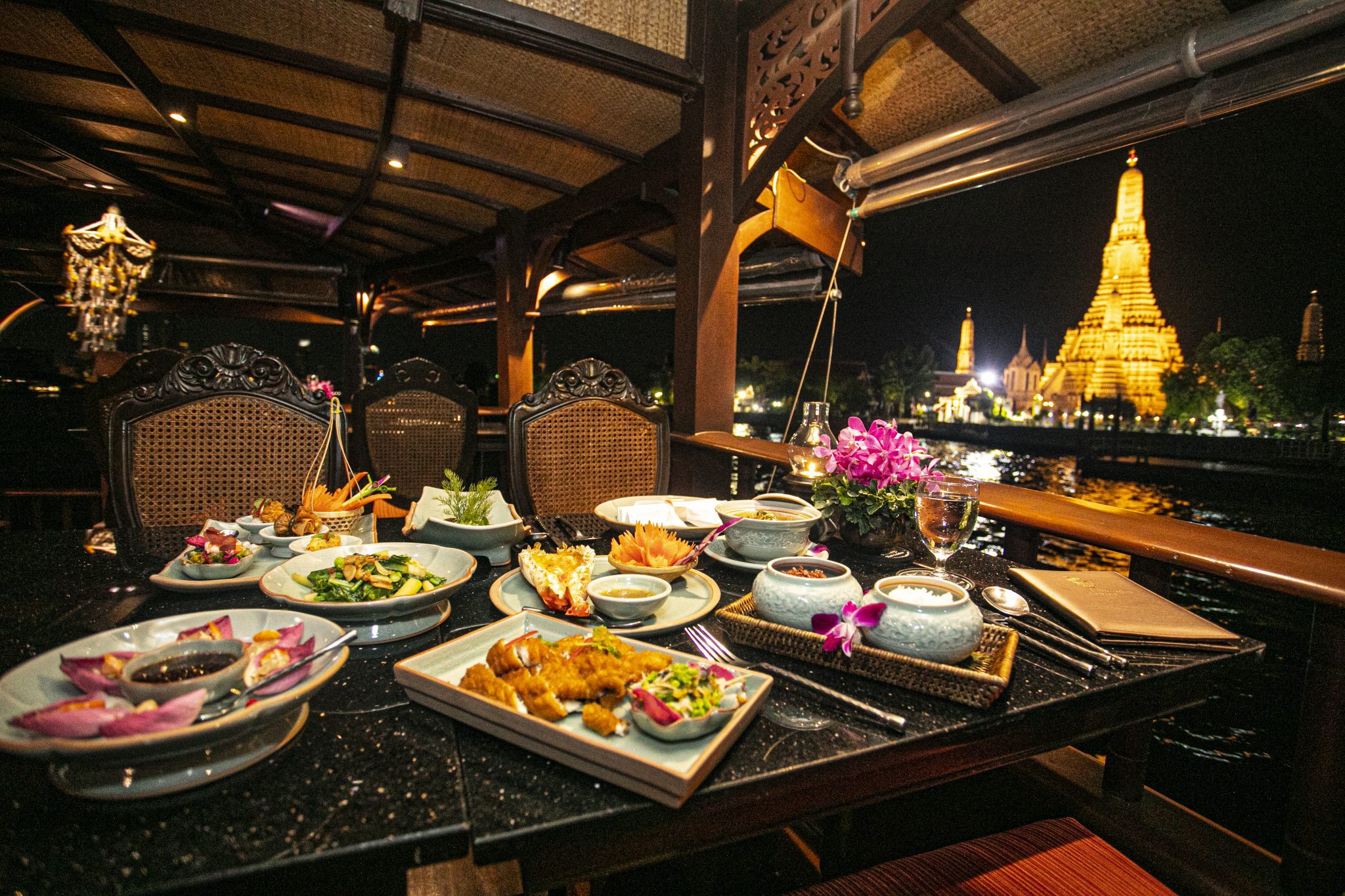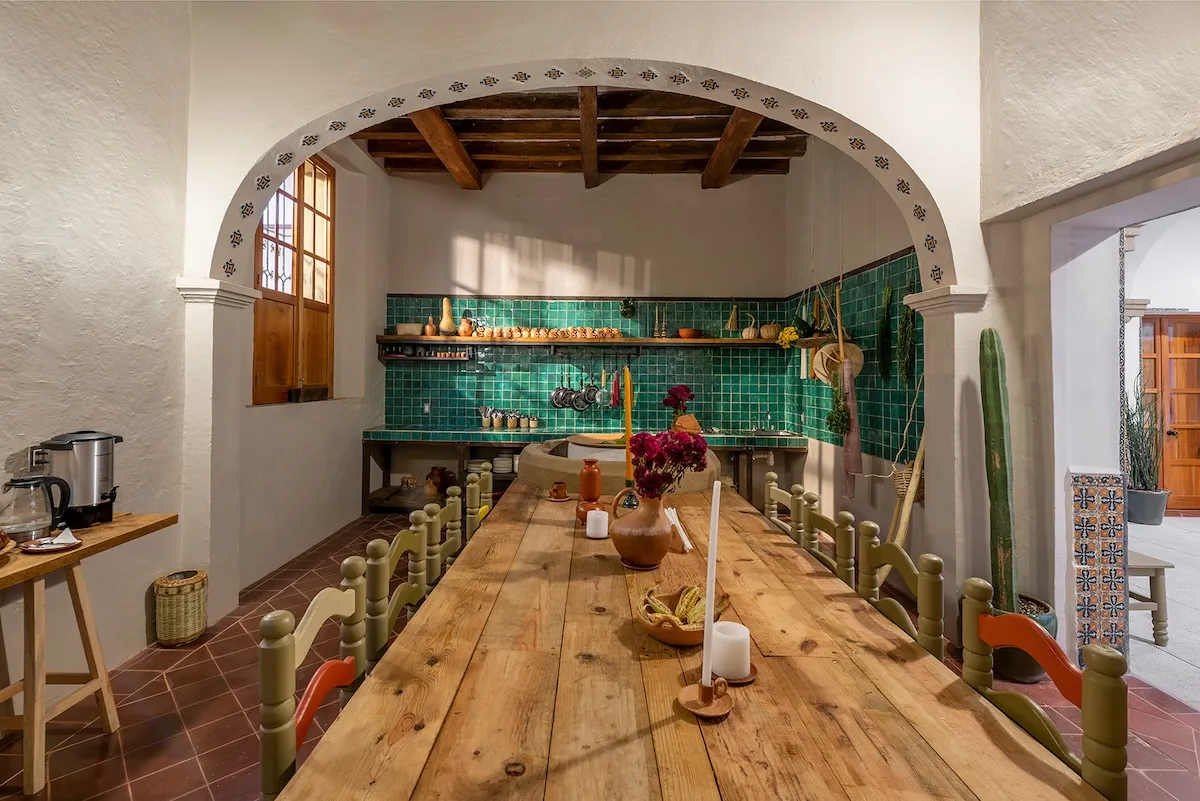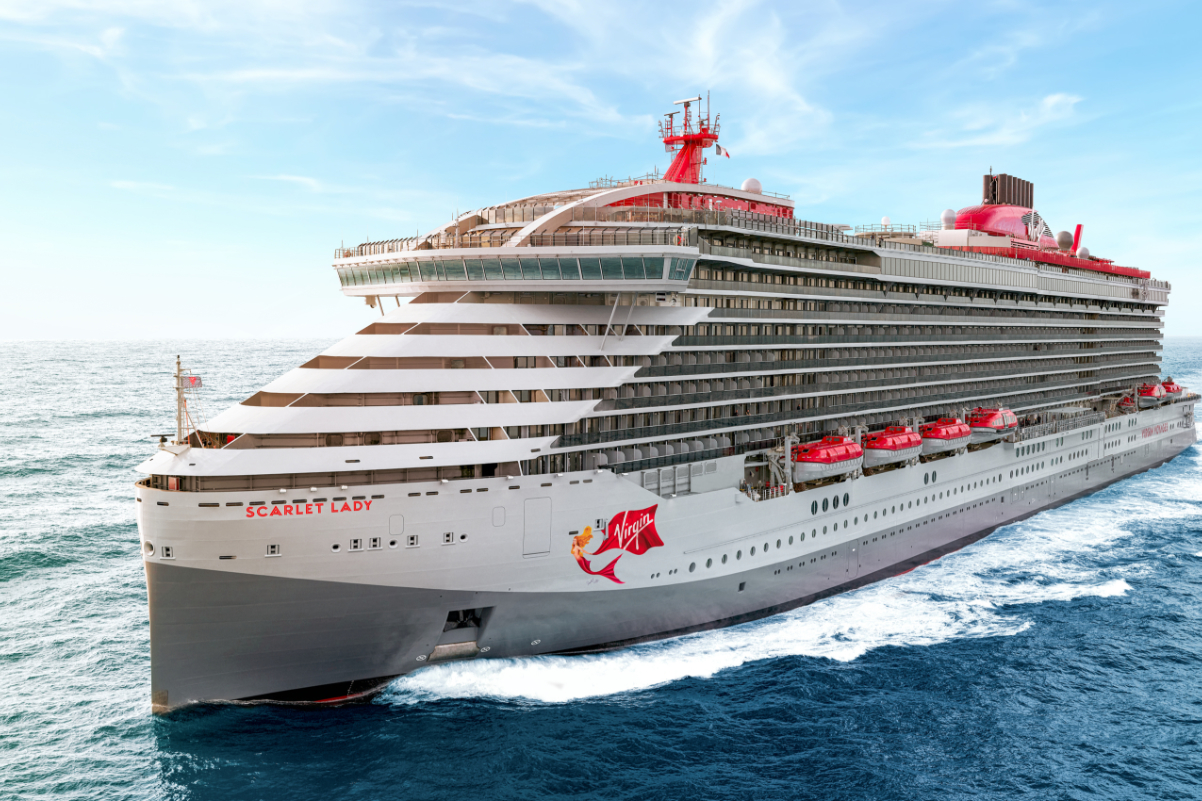The Future of Food Tourism in Thailand

Skift Take
This sponsored content was created in collaboration with a Skift partner.
Food tourism has become a major force in travel these days. In a recent survey, Skift found that four in five consumers specifically seek out local food while on a trip. More than half visit food shops or markets to experience local flavors. And almost half of all recent travelers have “gone on vacation with a food and/or drink related travel experience as the main purpose of the trip,” according to data from Skift Research.
In other words, consumers travel for food — and dining experiences are now driving the destination choices of people worldwide. Countless localities have tried to step up their culinary offerings in recent years, Skift has reported, and many destination marketing organizations have made highlighting food and drink offerings a key part of their messaging strategy.
The classics still (often) reign supreme. For iconic food-centric places like France, Italy, and Thailand, culinary experiences remain a key driver for visitation — both by leisure and business travelers. And as today’s meeting planners look to deliver more engaging programming, attendees are seeking out those events that similarly deliver food and drink experiences that can’t be found anywhere else.
Why Food Tourism Matters to Thailand
When it comes to Thailand, food is more than just an area of interest — it’s an essential part of the destination, according to the Tourism Authority of Thailand. “Thai food can be an experience itself, an adventure that teaches visitors about the local people and culture,” the agency has said.
American travelers, in particular, are clued in to the flavors of Thai food, thanks in part to a multi-year government initiative to export the national cuisine to the United States that began around the turn of the 21st century. (Seriously.) The campaign has been highly effective, with more than 5,000 Thai restaurants operating in the U.S. That may be one reason that, since 2009, Google searches for “Thai food” have more than quadrupled, according to the search giant. And as Americans become more familiar with Thai flavors, they’ve also grown more curious about unique regional dishes and distinctive regional styles of cooking like Isan (from the northeast) or Lannaese (from the area around Chiang Mai).
“Thai food is so popular in the U.S. that it’s a major draw for travelers,” said Andrea Ross, Director of Wild Frontiers US and a specialist in Southeast Asia travel. “It’s as big a draw for many people as are the islands and beaches.”
Now, those consumers are going to Thailand to try the authentic cuisine, said Phumin Meetawornkul, senior executive for MICE intelligence and innovation, at the Thailand Convention and Exhibition Bureau (TCEB). In recent years the focus on high-quality food has really taken off, thanks in part to international attention, he said. “There’s been a big change for the food industry in Thailand,” Meetawornkul said. “We now have so many restaurants trying to get Michelin stars. And that means at many of the restaurants in Thailand, they’re trying to develop themselves, in terms of service, the experience, the flavors, and the presentation. And that’s been a big change.”
It seems to be working: Michelin continues to rate the destination highly, with additional accolades going to numerous restaurants across the country in the 2019 edition of the influential guidebook. “This year’s guide is a reflection of the growing talent in Thailand’s culinary scene with many new restaurants added to the selection, including now 14 specializing in Thai food, reinforcing Thailand’s reputation as a go-to destination for gastronomy,” said Gwendal Poullennec, International Director of the Michelin Guides, in a release.
Food and food tourism also figure prominently in the Thailand 4.0 economic development plan that’s transforming the country. The government is backing a series of projects driving innovation in the space, including the National Food Institute, to promote functional, medical, organic, and novel foods. Foodinnopolis is a research and development lab focused on culinary creativity. And tourism authorities are staging food festivals, producing maps and guides to local flavors in Bangkok, and helping various localities organize better and more varied food tourism offerings, according to PATA, the Asia-focused trade group.
What the Rise in Food Tourism Means for Meeting Attendees
For meeting planners, this all translates to a dynamic destination with world-class culinary experiences that will entice attendees. Event organizers can create their own food tours and work with partner venues to integrate Thai flavors, said numerous travel insiders, in interviews with Skift.
At the Siam Kempinski Hotel Bangkok, many events request local food during the sessions or even cooking classes that allow attendees to learn more about Thai cuisine, said Khwunduan Boonkijrungpaisan, director of groups and events at the property.
“Thailand offers lots of immersive experiences that have been part of our travel programs for quite some time, including cooking lessons,” said Patranuch Sudasna a project manager at CDM, an event production and destination management company.
Getting out of the board room and into a local market is also increasing in popularity, said Chavatvit Muangkeo, who’s developing a trade group of meetings, incentives, conferences and exhibitions (MICE) stakeholders in Northwestern Thailand known as Visit Lanna. “In Lanna culture, we have the ‘kaad mua’ (literally ‘messy market’), where you can find seasonal produce and local goodies. Lately, it’s become a super hit for events — much more popular than a traditional buffet or cocktail banquet,” he said.
For some venues, the process of developing culinary programs is still ongoing. “Food tours are not something we offer at the moment, but with Park Hyatt’s passion for food, it’s something we would certainly consider providing guests — that unique look into the local food scene,” said Lalidaphun Chavananand, director of events at the Park Hyatt Bangkok.
Event professionals can also tap tour operators beyond event venues to help attendees experience Thai food. Intrepid Travel, for one, offers an eight-day “real food adventure” that takes visitors to “explore bustling markets spread out over land and water, and taste exotic fruits and aromatic dishes whipped up in front of your eyes,” according to the company. Travelers on the guided departure “learn the trick behind making palm sugar, experience the thrill of a passing train in the Mae Glong railway market, slurp noodles alongside the locals in Bangkok, whip up a jungle curry in Kanchanaburi, enjoy home cooking with a family in Chiang Mai, sit down to a Khantohk feast, and tour all the must-see sights of Thailand in one incredible culinary journey,” according to Intrepid. Dozens of traveler reviews rate the experience at 4.86 stars out of a possible 5, and the itinerary has received comments such as “OMG this trip is amazing!” and “It was mind blowingly AWESOME!”
In an ideal scenario, meetings and incentive travelers would combine work with a pre- or post-event tour, focused on gastronomy, because food tourism “[encourages] exploration outside of main areas and attractions in a destination,” according to Meghan Carty, writing for Skift Research.
Some travel experts are keen for Thailand to use consumer interest in food as a way to leverage the country’s many other positive attributes. “Thai food is incredible, so I can understand why some people might want to go there for foodie tourism,” said Catherine Heald, the co-founder and CEO of Remote Lands, a tour operator. “But it would be superficial to go only for the food and to miss out on the culture. Food is an important element, but it’s only part of the reason to travel to Thailand,” she said. “With wonderful culture and history, stunning architecture and temples, fascinating religion, fantastic adventure sports (ziplining, whitewater rafting, diving, hiking), a plethora of five-star hotels, and gorgeous beaches, Thailand is in many ways the perfect destination. And it’s ideal for couples and families participating in MICE events.”
This content was created collaboratively by the Thailand Convention and Exhibition Bureau and Skift’s branded content studio, SkiftX.




